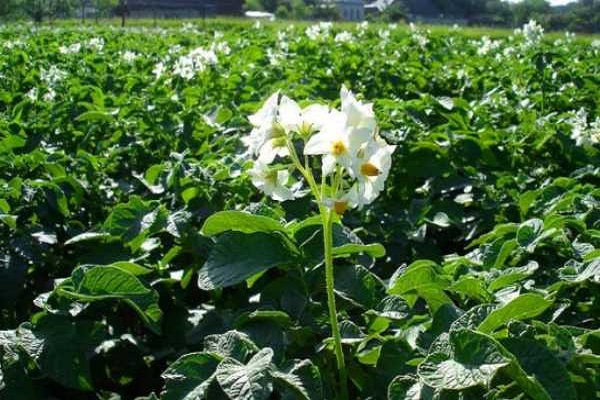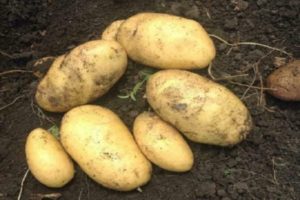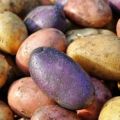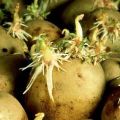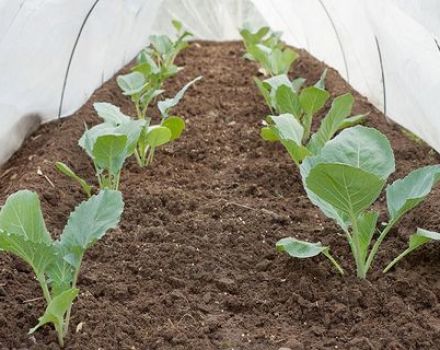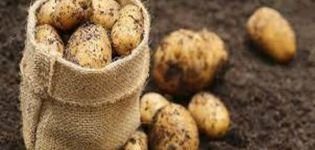Description of the Molly potato variety, features of cultivation and care
Molly's potatoes are of constant interest to gardeners. There are many varieties of second bread. A hardworking summer resident will always find a suitable one in terms of technical characteristics.
Potatoes are a crop that requires sufficient soil moisture. Excess water causes disease. The harvest is not stored for long. The gardener spent a lot of work, and the result is zero.

Drought potato tubers shrink. Their number in the nest decreases. The taste deteriorates: the fruits become coarser, more fibrous. The summer resident is disappointed. And he collects much less than he expected.
The popularity of Molly potatoes is easy to explain. It is resistant to major diseases, insensitive to excess moisture in the soil, gives a good harvest even in dry summers. The taste and versatility of tubers pleases. They are fried, boiled, mashed. The zealous gardener will always give preference to this variety.
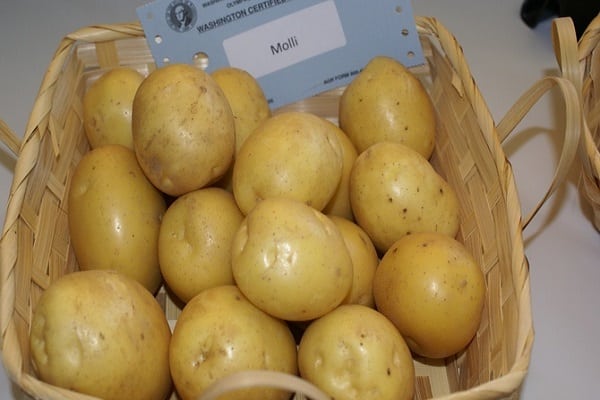
Description of the variety
This is a product of German breeders. It was created by the agricultural company Norica. The German variety Molly is firmly established in the Central Region and in the Northwest. It grows in any soil. But potatoes give the maximum yield on light, slightly acidic soils.
The description of the variety attracts gardeners:
- the height of the bush reaches 75 cm;
- tops of light green color;
- medium-sized sheet, wavy at the edges;
- few flowers (corollas are white);
- early ripening period (70 days pass from germination to the first sample);
- bushes can be dug in after 45 days;
- the keeping quality of the crop reaches 83%;
- with mechanical damage, the peel is restored;
- taste rating is 4.1 points on a five-point scale;
- marketability indicator: 89–93%.
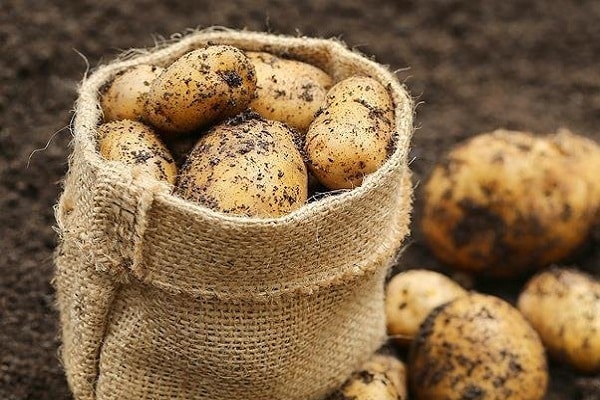
Potato bushes do not fall apart during growth. The plant looks compact.
What tubers grow
Gardeners like the ratio of ripening period: taste: yield. Molly root vegetable characteristic:
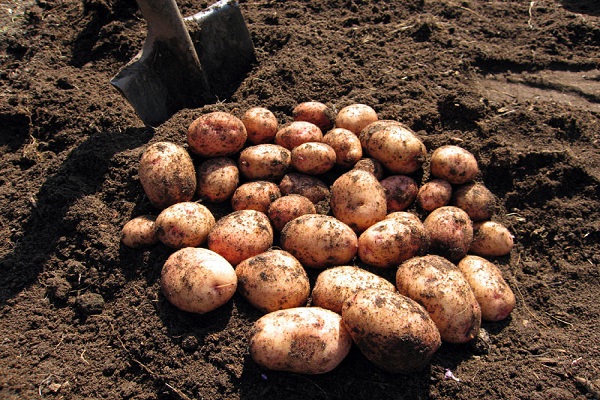
- tubers are smooth, slightly rough;
- oval shape, aligned;
- the mass of one tuber reaches 150 g;
- starch content - 15.3%;
- potato skin color is yellow;
- little eyes, shallow bedding;
- the tuber is light yellow or cream in color;
- fine-grained structure;
- the pulp has an average friability.
With proper care, the yield of the variety reaches 22 tons per hectare. Some gardeners remove 36 kg / bush.
A distinctive feature of the Molly potato variety: the flesh changes color during heat treatment.
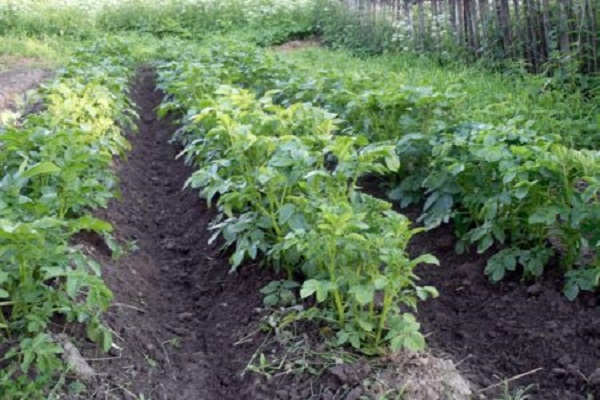
Growing
The Molly potato variety gives the expected yield only with competent agricultural technology.
How to plant?
It is recommended to follow the advice of potato growers when planting:

- The soil must be prepared in advance. Plant the area in autumn with green manure. Rye, oats, lupine, mustard will do. In spring, when digging, add humus or mature compost (bucket per square meter).
- Use only healthy planting material. Tubers should be of medium size (50-60 g), without mechanical damage.
- For 3 weeks, put the tubers on germination. Spray periodically (to prevent drying out).
- If there is a lack of planting material, the potatoes should be cut into pieces with 2-3 eyes. Dry the sections and dust with crushed activated carbon.
- It should be planted only in warm soil. The land is ready when the leaf on the birch grows the size of a 5-ruble coin.
- The planting depth is 3-5 cm. When planting, it is recommended to add a complete mineral complex to the hole.
- Landing scheme: 60x35 cm.
Good results are obtained by processing planting material with growth stimulants. In the absence of a factory product, it is recommended to use an ash solution (a glass per liter of water, leave for a week, dilute in a ratio of 1: 5).
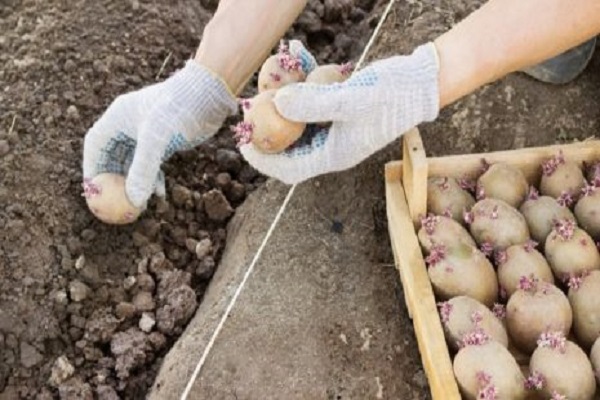
Some gardeners grow Molly under a dark film. The hole depth is 10 cm, this method is effective in regions with cool summers: under the shelter, the ground warms up more easily and faster.
Care features
Features of Molly potato care: timely hilling, fertilization and weed removal.

The plant forms full-weight tubers only after double hilling. The first should be done after the tops have grown by 15–20 cm, the second - when buds appear.
It is recommended to remove weeds regularly: shading negatively affects the growth of the ground part of the plant.
An excellent result is obtained by foliar feeding with nitrogen on the leaf. A solution of manure or fermented greens (1:10) should be used.
It is recommended to remember: early digging in bushes weakens the plant. The growth of its underground part is delayed.
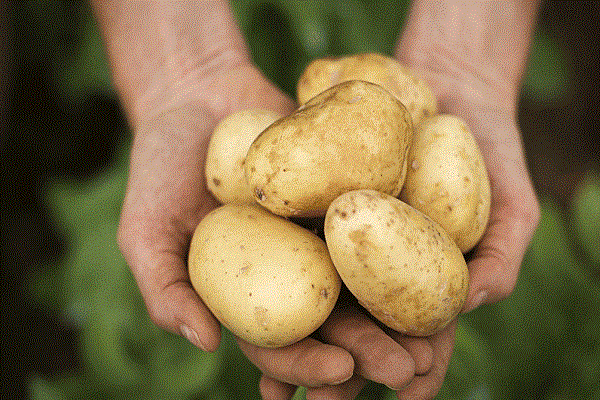
Advantages and disadvantages
Molly has positive and negative qualities. Advantages:
- high productivity;
- unpretentiousness;
- resistance to major diseases;
- great taste;
- decent marketability;
- good storage;
- the possibility of early digging in bushes;
- universal purpose.
There is only one drawback: a change in the pulp during cooking. This can be partially avoided by keeping the peeled potatoes in acidified or salted water for 5 minutes.

Pests and diseases
The plant is affected by late blight, scab, dry spot, rot. Spraying with copper-containing preparations helps from late blight and rot (dilute according to the manufacturer's instructions). Remember: potatoes should be processed no later than 3 weeks before harvest.
The scab is treated with the addition of ammonium sulfate. The plant needs to be processed during flowering.
It is important for gardeners to remember: potato diseases are easier to prevent than to cure. Proper plant care will help avoid crop losses. To obtain healthy tubers, it is important to observe the turnover of vegetable crops.
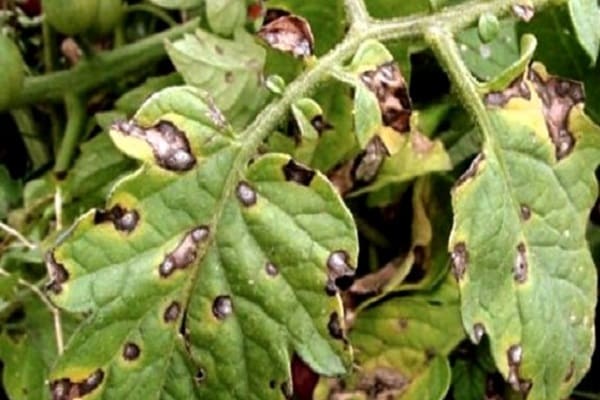
Mollys are fond of Colorado beetles and wireworms. It is easy to get rid of the larvae of the click beetle by sowing green siderates. After 2-3 years, they completely disappear. Insecticide proponents can use branded pre-planting tubers.
Modern preparations or mechanical removal (collection) will help from the Colorado potato beetle. Regular digging of the site and the removal of grapevines reduce the pest population.
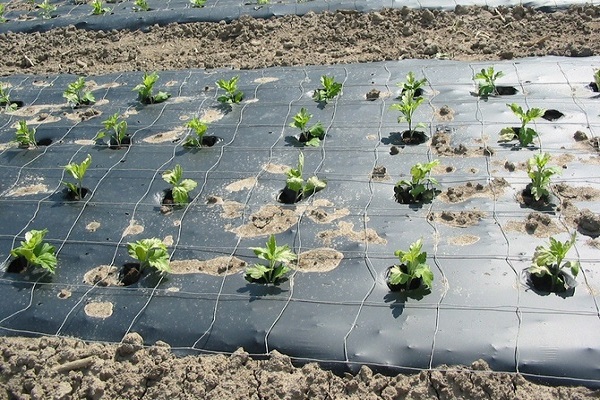
Harvesting and storage
The properties of Molly potatoes promise long-term storage without losing marketability. But this requires observing the rules for harvesting and storing the crop:
- The potatoes are ripe when the tops turn yellow.
- Harvesting should be done in dry, better sunny weather.
- A pitchfork is less likely to injure potato tubers than a shovel.
- Arrange the dug potatoes on the beds for ventilation. Exposure time - 2-3 hours.
- Seed material is immediately selected for subsequent plantings.
- For long-term storage, it is required to select healthy, undamaged root crops.
- Tubers should be stored in fine meshes, baskets or wooden chests.
- The potato storage temperature should be kept at 5-6 degrees Celsius. Humidity should not exceed 70%.
- The potato storage must have supply and exhaust ventilation.
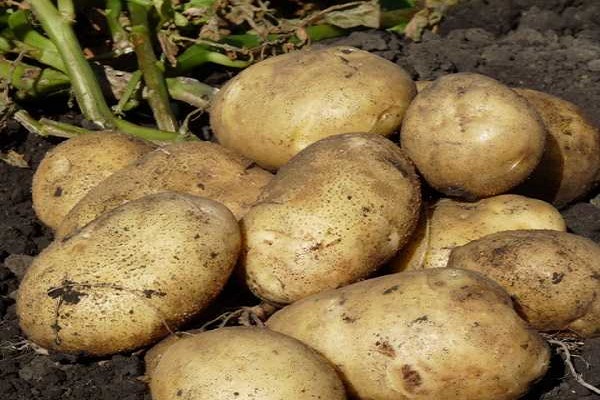
Some gardeners sprinkle table beets over the potatoes. It pulls excess moisture out of the air. Potatoes do not rot or mold.
Gardeners reviews
Gardeners give good reviews of Molly's potatoes. The combination of yield and taste is pleasing. The variety is unpretentious, resistant to diseases. The drought resistance of potatoes deserves attention. The tubers are well kept, the marketability indicator is more than 80%.
